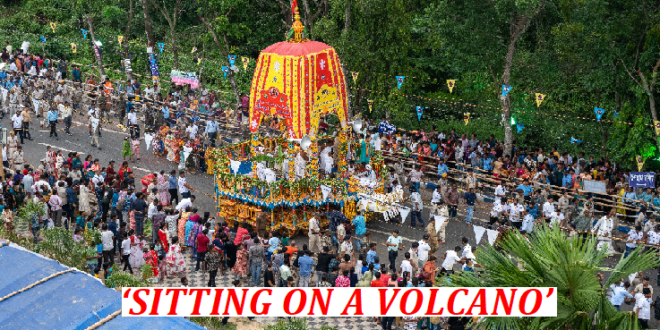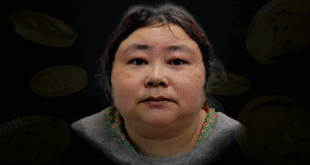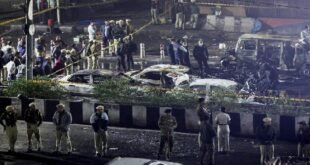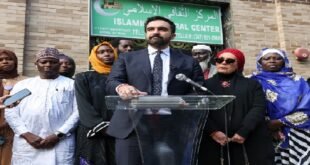21-08-2025
NEW DELHI/ GIGHA: First announced in December 2018 and completed in May this year, the Digha temple has been pitched by Banerjee and her governing Trinamool Congress (TMC) party as West Bengal’s alternative to the more popular Jagannath Temple in neighboring Odisha state’s Puri town, about 350km (217 miles) away.
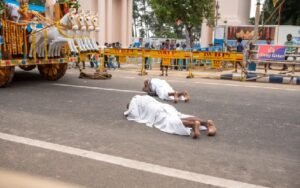 Built in the 12th century, the temple in Puri is one of Hinduism’s four major pilgrimage sites, and home to an annual 800-year-old chariot festival, a weeklong event attended by tens of thousands of devotees. To kick-start the festival, descendants of the erstwhile Puri kingdom’s rulers symbolically sweep the chariot path, like their ancestors in power once did.
Built in the 12th century, the temple in Puri is one of Hinduism’s four major pilgrimage sites, and home to an annual 800-year-old chariot festival, a weeklong event attended by tens of thousands of devotees. To kick-start the festival, descendants of the erstwhile Puri kingdom’s rulers symbolically sweep the chariot path, like their ancestors in power once did.
At Digha, that task was performed by Banerjee, neither the descendant of an emperor, nor a priest, raising questions about whether the construction of the temple was about faith or politics, a year before one of India’s most politically significant states votes for its next government.
Move aimed to counter BJP?
West Bengal, home to more than 91 million people, is India’s fourth most-populous state. Nearly 30 percent of its population is Muslim.
For decades, the state was also home to the world’s longest-serving elected communist government, until a feisty Banerjee, leading the centrist TMC party she founded in 1998, unseated the Left Front coalition in 2011.
Since then, it is the Hindu majoritarian Bharatiya Janata Party (BJP), led by Prime Minister Narendra Modi that has emerged as the TMC’s main rival in West Bengal. From winning just two parliamentary seats in 2014, the year Modi stormed to power, the BJP last year won 12 of the state’s 42 seats. The TMC won 29.
In the 2021 state assembly election, Banerjee’s TMC and its allies won a landslide 216 of 292 seats, while the BJP-led coalition won 77. It was also the first election in which the Left or the Indian National Congress, the main opposition in parliament, could not win a single seat in a state both had previously governed.
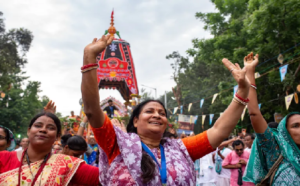 As the political landscape changed in West Bengal, so did its players.
As the political landscape changed in West Bengal, so did its players.
For almost a decade now, the BJP and its ideological parent, the far-right Rashtriya Swayamsevak Sangh (RSS), have used Hindu festivals such as Ram Navami to expand their footprint in the state, often organizing large processions that have on occasion passed, provocatively, through areas with large Muslim populations, with participants carried sticks, swords and tridents.
The BJP has also repeatedly accused the TMC of “minority appeasement”, in essence alleging that the party favors Muslim interests over the concerns of Hindu voters.
The TMC appears to be responding to that shift in politics in kind. In recent rallies, its leaders have been seen chanting “Jai Jagannath” (Hail Jagannath) to counter the BJP’s “Jai Shri Ram” (Hail Lord Ram), a slogan that, for millions of Hindus in India, is more a war-cry against Muslims and other minorities than a political chant.
“Now no one will say Jai Shri Ram. Everyone will say Jai Jagannath,” TMC leader Arup Biswas said in Digha in April.
To political scientist Ranabir Samaddar, the TMC’s temple politics is evidence of a brewing battle over the identity of Hinduism itself.
“If you agree Hindu society is not monolithic, then it’s natural that Hindus who reject the majoritarian version will assert a different understanding,” said Samaddar, who is a distinguished chair in migration and forced migration studies at the Mahanirban Calcutta Research Group. (Int’l Monitoring Desk)
 Pressmediaofindia
Pressmediaofindia
